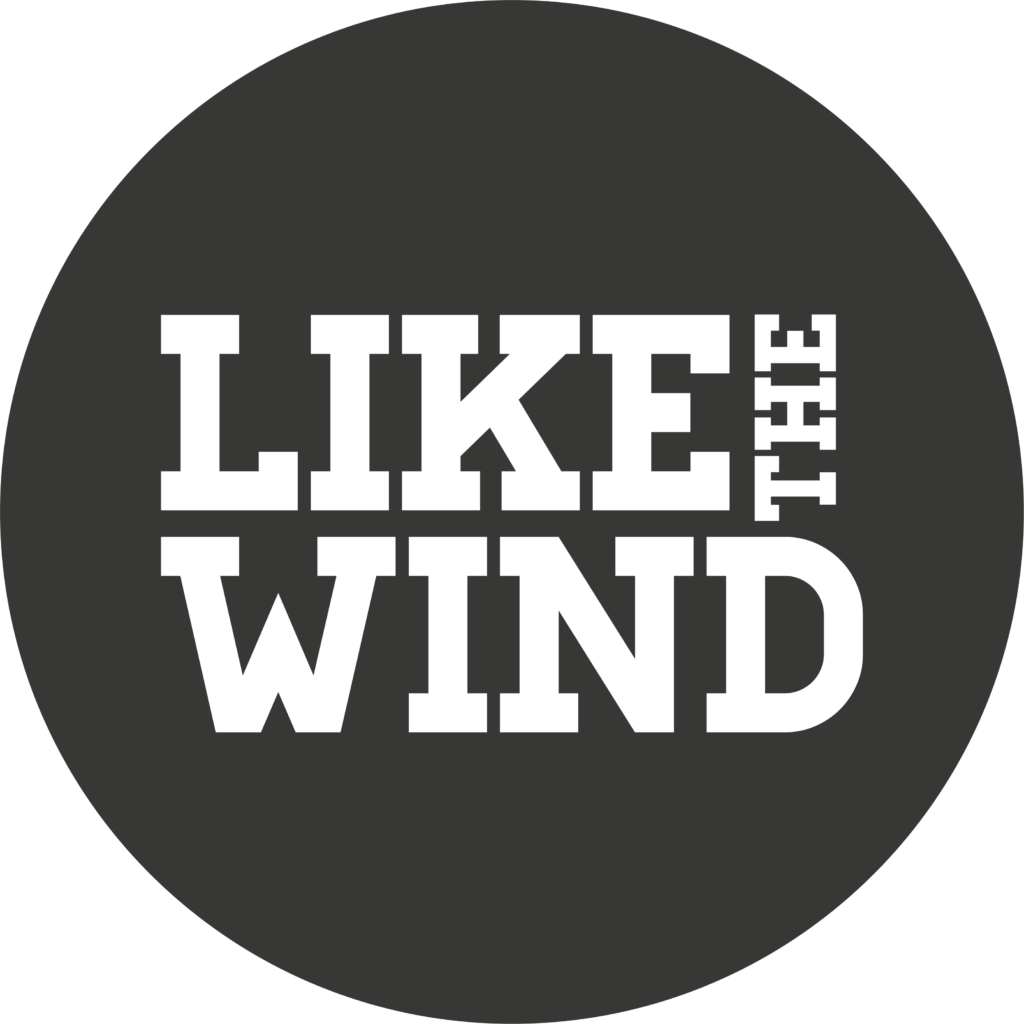From time to time a single athlete defines a part of the running world. Usain Bolt in the 100m and 200m; Kilian Jornet on mountain trails; Eliud Kipchoge over the marathon distance; Emil Zatopek in seemingly everything he tried. And in fell running, Joss Naylor was elevated to the status of legend, thanks to a seemingly innate feel for the steep, rock-strewn hillsides on which fell races have been held for centuries along with an iron will to push himself to his limits.
Naylor spent almost his whole adult life as a sheep farmer in Wasdale Head, an isolated hamlet in the Lake District in Cumbria, England. In the 1960s, despite being told by a doctor to avoid strenuous activity after a childhood injury, Naylor began competing in – and winning – some of the UK’s most fiercely contested and mythical fell races.
In the following 20 years Naylor won so many events it is hard to recount them all. Of particular note, Naylor broke the tape at the Mountain Trial ten times, the Ennerdale Horseshoe nine times, the Wasdale, the Duddon Valley, the Welsh 1,000m Peaks, the Manx Mountain Marathon and the Karrimor Mountain Marathon. And as if all that was not enough, Naylor’s exploits in long distance solo fell challenges cemented his reputation as one of the greatest fell runners to lace up a pair of lugged running shoes. Naylor became synonymous with the Bob Graham Round, being the sixth person to complete the 66 mile circuit of 42 Lake District peaks in under 24 hours. After achieving that feat, Naylor set about extending the challenge by stitching together 63 peaks within 24 hours before returning to add another nine peaks a few years later.
Naylor, who recently passed away aged 88, was appointed MBE in 1976. But it is likely that the appreciation of the fell running community for his tenacity, great humour and generosity meant more to Naylor who remained active on the fells until a stroke in 2021.
For those in the know, Joss Naylor will forever be that rarest of people: a singular athlete who defines a sport.
Following are a series of excerpts taken from stories that have appeared in Like the Wind over the years that reference Joss Naylor.
A Feeling for the Fells
WORDS AND PHOTOGRAPHY BY DANIELLE LEDBURY
What attracts runners to the fells? In her 2023 book Why we run, Danielle Ledbury photographed and spoke with 28 runners about the reasons they choose to take on tough terrain. Here is one of Danielle’s stories.
JOSS NAYLOR

“I was born at Wasdale Head, and the valley’s been home all my life. Back in the 1930s we didn’t have a tractor; we cut the hay with horses and an old McCormick cutter bar. I remember as a child helping me grandfather at Greendale at hay time, using a scythe; the old lad had a caliper on his leg and used to knock about on a couple of sticks, but he could swing himself on those sticks and land about three meters from where he started; he had a good action with those things.
I went to school in Gosforth. Jack Allison used to tek us in his big Chrysler car. By the time we got to Gosforth, there’d be 14 of us in it. He used to lose one now’n’again – he’d go round a corner at the bottom of the big hill and if there was too much weight on the door, it’d fly open and one or two would end up in dyke.
I first got into running in 1960. They asked if I would run in the Wasdale Mountain Trial. I’d no running shoes or ’owt, so I ran in me work boots, cut the legs off the trousers and away we went. I was in lead at Black Sail Hut, but I got cramp in me leg and sat down for five or 10 minutes. I didn’t get rid of it ’til Styhead Tarn. It was a learning curve.
Full story in LtW#39.
The Fells are Alive
WORDS BY LIKE THE WIND – PHOTOGRAPHY BY STEPHEN WILSON

Ennerdale Horseshoe Fell Race is a fixture on the fell racing calendar that was started in 1968 by Joe Long and Frank Travis of the West Cumberland Orienteering Club and adopted two years later by the new Cumberland Fell Runners Association. The race was an immediate hit with the fell running community, with the first nine editions won by fell running legend Joss Naylor, who said that it was one of his favourite courses. The route, which follows a ridge that surrounds Ennerdale Water – the most westerly lake in the Lake District National Park – is just under 37km with 2,290m of ascent.
Full story in LtW#30.
Memories
WORDS BY STEVE CHILTON – ILLUSTRATION BY BERAT PEKMEZCI
One year later, I was writing a book on fell running and subsequently spending a good deal of time in the Lake District. One day my wife Moira and I walked up to the summit of Bleaberry Fell. Turning around to descend there is a fabulous view over Walla Crag and Derwent Water, with the Skiddaw and Blencathra ranges forming a magnificent backdrop to the north. The descent is on a fabulously springy sward and I suddenly, and surprisingly to Moira, just let myself go and ran free down the 300ft or so slope. It was pure exhilaration, followed by a collapse on to the soft turf in fits of giggles. “You’ll suffer,” Moira eventually said when we stopped laughing. And I did. But sometimes it is worth it for the memory.

Later the same year I was in the Lakes again for one of the highlights of my life. As part of my book research, I found myself sitting in fell legend Joss Naylor’s front room. I was interviewing one of my all-time running heroes and he told some fabulous stories, some of which were so potentially libellous as to be unusable. I was staying in Staveley and had a long drive back from Wasdale to reflect on all this new material. I was so hyper that I had to stop for a calming coffee in the first café I found: the excellent Woodlands Café in Santon Bridge. Driving back over the Hard Knott Pass, the sun was glistening and there was not a breath of wind in Eskdale. It reminded me of a less- than-successful run in the OS Mountain Trial (an orienteering-style event) when I got a dunking in the River Esk at the end of a very wet day, after 20 miles of thrashing around the sodden heather trying to find the control points.

So, on a whim I parked at the top of the pass and walked up to the Hardknott summit – surely one of the easiest of Wainwright tops to bag. The three-quarters-of-a-mile ascent from the top of the pass doesn’t even merit a diagram in Wainwright’s guide. I walked up to the top with thoughts of Joss Naylor’s heroics swirling round in my head (he once completed all 214 Wainwrights in just seven days). At the top I was surprised to meet a fellow walker, and we did that “hello” thing and then walked to opposite sides of the summit to regain our solitary reverie. I was so high, physically and mentally, that I decided that surely I could run down, back to the car. Well, I did. I ran all the way. I immediately sat down on a rock with a view, feeling pleased with myself. I had passed the other walker just as I left the summit, although he walked by me only seconds after I sat down – my “running” down was no faster than an elderly man had walked the route. Or did he break into a run to keep up with me without me knowing? Either way, it was a great end to brilliant day.
Full story in LtW#20.
In one fell swoop
WORDS BY ADHARANAND FINN – ILLUSTRATION BY SAM HINTON
Fell-runner Ricky Lightfoot says he won a race recently by outsprinting a local he had been following.

“It’s not the best way to win,” he admits. “But is it better to get my map out and stand around while he disappears, or follow him?”
Ricky says the great Joss Naylor – a fell-running legend, about whom I hear people talking in every race, café or pub I visit during my weekend in the Lakes – would sometimes purposely run over the roughest terrain as he knew no one could keep up, or he would hide behind a rock to lose his trackers.
Part of fell-running is knowing the mountains well, and as such the sport favours locals. “Part of the fun,” says Ben, who lives in Ambleside, in the heart of the Lake District, “is going out to recce the route beforehand and finding some good lines. Not just turning up on the day with a GPX file and following your watch.”
Full story in LtW#19.

